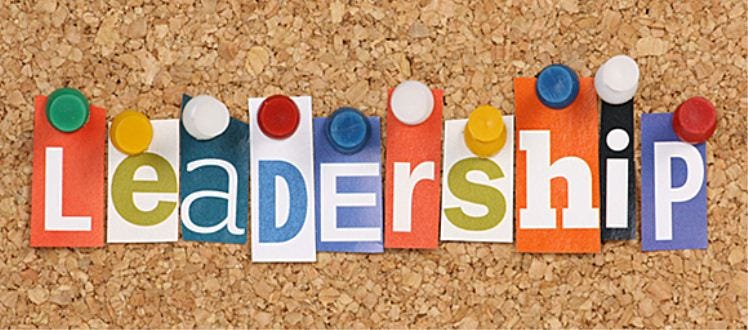Not known Incorrect Statements About Leadership ISD

What Does Top 10 Leadership Skills: Why They're Important - WikiJob Do?
Organizations such as Frito-Lay, 3M, Goodrich, Michigan Bell, and Emery Air Freight have all utilized support to increase performance. Empirical research covering the last twenty years suggests that reinforcement theory has a 17 percent increase in efficiency. Additionally, numerous reinforcement methods such as using appreciation are affordable, providing higher performance for lower costs.

Five Leadership Traits to Cultivate in 2020 and Beyond
Social researchers argued that history was more than the result of intervention of great guys as Carlyle suggested. Herbert Spencer (1884) (and Karl Marx) said that the times produce the person and not the other method around. This theory assumes that different circumstances require different qualities; according to this group of theories, no single optimal psychographic profile of a leader exists.


You Don't Have To Be a “Leader” To Be a Leader - by Sanjeev Agrawal - Medium
Building upon the research study of Lewin et al., academics began to normalize the detailed designs of leadership climates, defining three leadership designs and identifying which situations each style works better in. find this , for example, is authorized in durations of crisis however stops working to win the "hearts and minds" of fans in day-to-day management; the democratic leadership design is more adequate in circumstances that need agreement building; lastly, the laissez-faire management design is appreciated for the degree of flexibility it provides, however as the leaders do not "take charge", they can be viewed as a failure in lengthy or thorny organizational problems.

Leadership skills of the Project Manager: the key elements of the role
The Ultimate Guide To Leadership Freak - Empowering Leaders 300 Words at a Time
Three contingency management theories appear more prominently over the last few years: Fiedler contingency design, Vroom-Yetton decision design, and the path-goal theory. The Fiedler contingency design bases the leader's effectiveness on what Fred Fiedler called situational contingency. This arises from the interaction of leadership style and situational favorability (later on called situational control).
